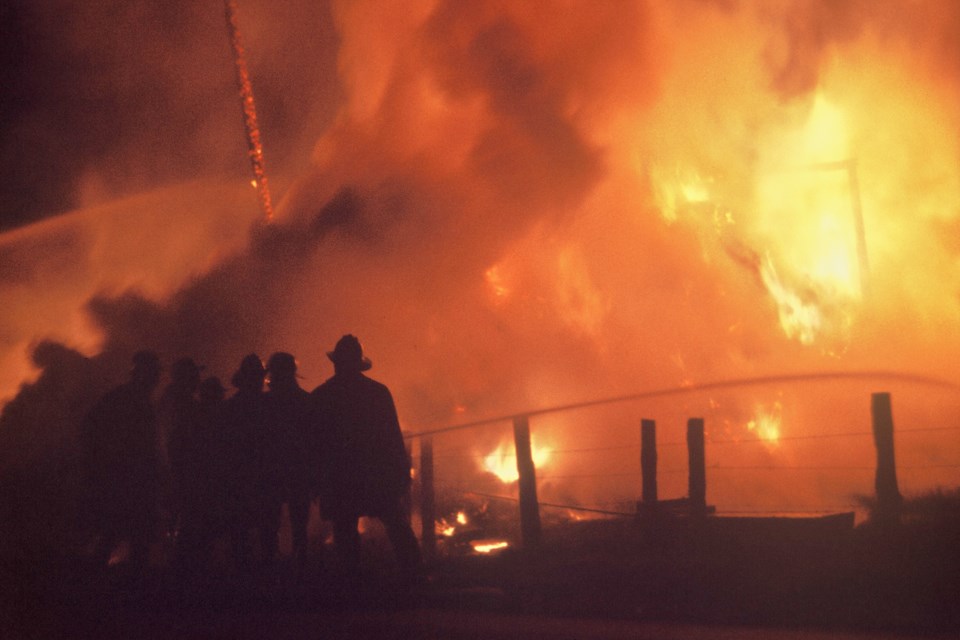Imagine a company called Human Carelessness. If it were trading on the stock market, its shares would be snapped up immediately, their value rocketing sky-high. But were that stock to crash, lots of things would be threatened. Without human carelessness, pollution would be in dire straits, unable to sicken our air, water and earth; and other disasters, such as wildfires, would happen less frequently.
We’re currently experiencing one of the worst wildfire seasons in history, with over 500 fires crippling B.C. It’s estimated that about one-quarter were started by humans – through carelessness or by accident. The others were due to natural phenomena. The fiery fury is raging south of the border, too, and elsewhere in the world. On 19 July, wildfires in Sweden had reached the Arctic Circle.
So far this year, Richmond hasn’t been threatened by uncontrollable fires – the bog fire that erupted near the Nature Park in late July did not endanger any residences. Still, it’s surprising there haven’t been more major fires here in the past, given that buildings were usually constructed of wood, a material that’s highly combustible (source – the Latin “comburere,” to burn up). Furthermore, before recycling, people burned their newspapers and cardboard in metal drums called incinerators – to this day, I can see the flames lick out and hear the crackle of sparks shooting into the air. Sometimes fires were started deliberately, out of maliciousness or for insurance fraud. Such fires were said to have been caused by arson (from the Latin “ardere,” to burn, also the root of ardent, ardour and ash).
“Where’s the fire?” used to be a regular column in the Richmond Review, listing fire calls from the previous week. The summer of 1961 was scorching, and the Review reported that fire damage soared in July. That month, flames consumed the furniture factory Murray and Dixon, located at 924 Odlin Road. $125,000 was the estimated cost of damages caused by the conflagration (from another Latin verb meaning to burn, “flagrare,” also the source of the adjective flagrant). Substantially worse – with damage estimated at $1.25 million – was the four-alarm fire that almost completely destroyed the South Terminal of YVR on 27 February 1976.
While Richmond never burned to the ground, most of newly-incorporated Vancouver did, on 13 June 1886; as did large parts of London in September 1666, and of Ancient Rome in July 64 AD. Rome did have a fire brigade, 500 men strong, by the first century BC. But the Ancient Romans would extinguish a fire only if the property owner first agreed to pay for their services.
It’s a relief to know that Richmond’s firefighters have a different work ethic. My neighbour, a smoker, carelessly flicks smouldering cigarette butts from his deck – some land in my vegetable beds, which is disgusting, but others land in the grass between our houses, which is scary. In the worst case scenario, I wouldn’t want to be forced to write a cheque before the hoses were pulled out and the water turned on.
Sabine Eiche is a writer and art historian (www.sabinedellarovere.com)



